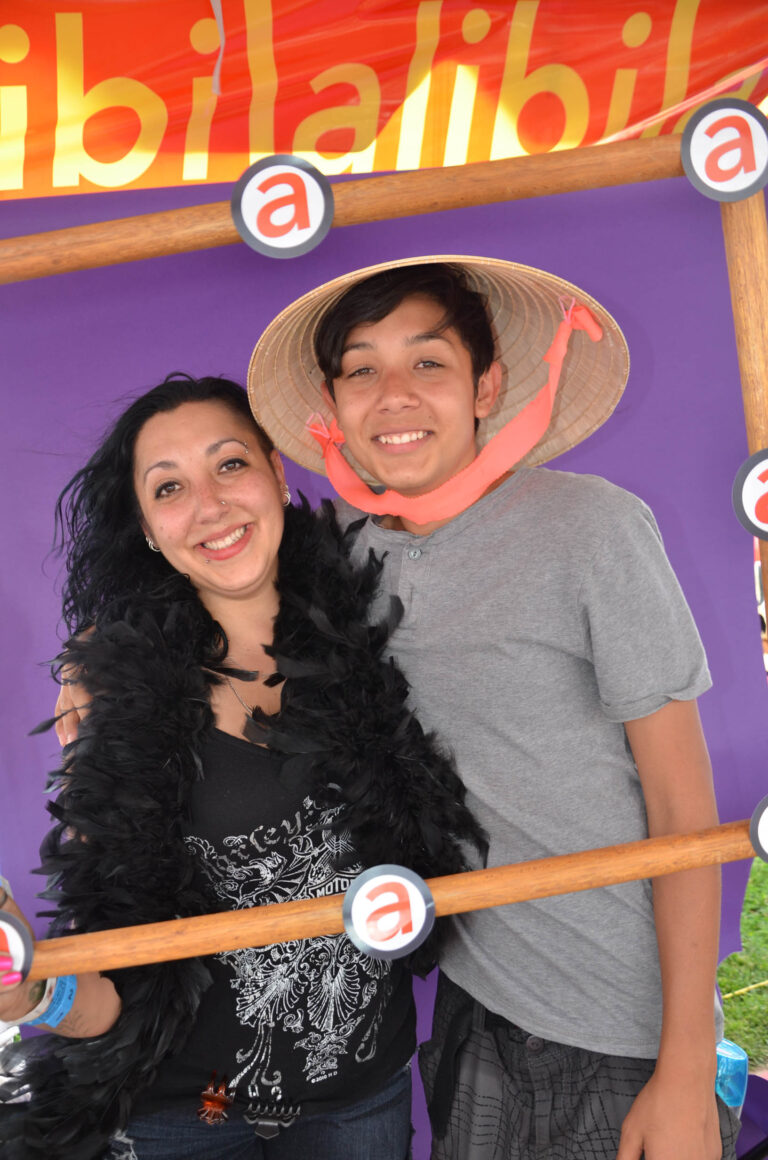Latest Article|September 3, 2020|Free
::Making Grown Men Cry Since 1992
3 min read
Three generations ago, my dad’s family came to America by way of Quebec (Ellis Island had already filled its Jewish quota) and settled in Detroit. It was known as "the Paris of the Midwest" then, a modern metropolis of Patrician estates and global headquarters for turn-of-the-century captains of industry. The ’67 riots, then decades of declining auto industry health and government corruption ravaged the city. The once magnificent Beaux-Arts-style train station where my mother’s grandmother worked as a secretary—designed by the architects who did Grand Central Station—was abandoned. The platform was set on fire. It was a coup de grace that metaphorically cut off Detroit from the rest of the developed world. (My mom and her friends would go urban exploring in the station before that was even a term. She says it turns out the arsonist was one of the weirdoes who went in with them.)The train station is a reflection of the whole city. Detroit is Gotham without a Batman to save it. One half of Tiger stadium was knocked down. The other half looks like a dazed amputee. Exhausted neighbors paint the crackhouses day-glo orange as an "SOS"—to no one in particular. Wait long enough and they, too, will burn. One by one, entire blocks of a more than 300-year-old city are being mercy killed.But there is the art, too. Gutted 30-story buildings are continuously scaled by anonymous painters. Now the windows that aren’t knocked out have color. Throughout Downtown, there’s a secret, repeating language of "eggs," "$$$" and "DEAD CRACKHEAD." One wall is covered with thousands of turtles. Someone wrote "Charles + Ray Eames" in neat, red block-lettering on the windowpane of an empty factory.There’s The Heidelberg Project. In 1986, artist Tyree Guyton began decorating his destroyed neighborhood with colorful polka dots, paving entire streets with pairs of shoes, lining lawns with pyres of stuffed animals. When I drove by last time, Guyton was standing in front of one of his houses. He waved.Nearby Eastern Market was an open-air bazaar where my hippie parents once shopped for vegetarian bulk foods. Now it looks like a Universal Studios movie set that’s been covered from floor to ceiling with bright, cartoonishly purposeful graffiti. People in the suburbs don’t even know this stuff there. They wonder how anyone could love this unloveable place. "I like this because you don’t know about it," our friend Bree summed up a few weeks back. "It’s like this secret."I think the message is, "You walked out on Detroit, but we didn’t. We’re still here." The artists are the caretakers. And as long as someone cares, Detroit’s not dead.



